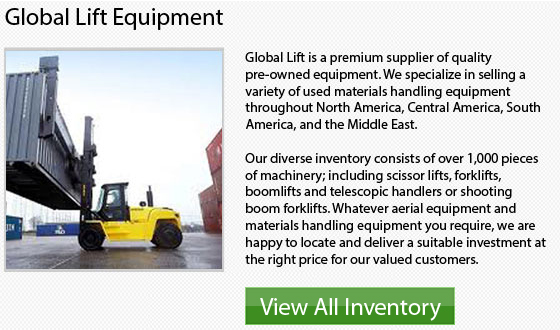
On the market today are forklifts which are categorized in 7 various categories. Classes 1-4 consist of lift trucks which are engineered particularly to utilize on smooth surfaces indoors. They can be selected for specific factors of recycling that occur in those kinds of settings. For more intensive outdoor recycling applications, Class VII and V lift trucks are typically used.
A lot of companies have a few or all of their applications outdoors and need to handle workloads considered extreme. Their lift truck selection would gravitate toward Internal Combustion machinery in Class V and Class VII. These models work really well in any weather and have a sufficient amount of power to run heavy objects during the course of a shift.
One more important factor to take into consideration is to utilize a lift truck safely. Knowing and acknowledging the center of gravity is vital when operating a forklift, particularly while traveling on uneven terrain. Knowing the stability triangle in these tough work situations is also imperative.
Warehouses, manufacturing operations, and the supply area for numerous textile firms may have various types of reach trucks. Using a reach truck to store finished merchandise on pallets, a range of supplies and other pieces of machinery is common. These machinery truly help to keep a facility organized and allow them to use the maximum amount of space by stacking vertically. Reach trucks are quite easy to use. They can help make better use of both available storage area and time.
It is highly better to purchase a new lift truck if you are going to need the lift truck for 4 to 8 hours a day. With such continuous utilization, the warranty alone could come in handy. If, however, you are only loading and unloading not really often or on a bi-weekly basis, then a second-hand unit can be suitable for your requirements. Each and every situation is different and you will have to assess your personal requirements before selecting the ideal machine.